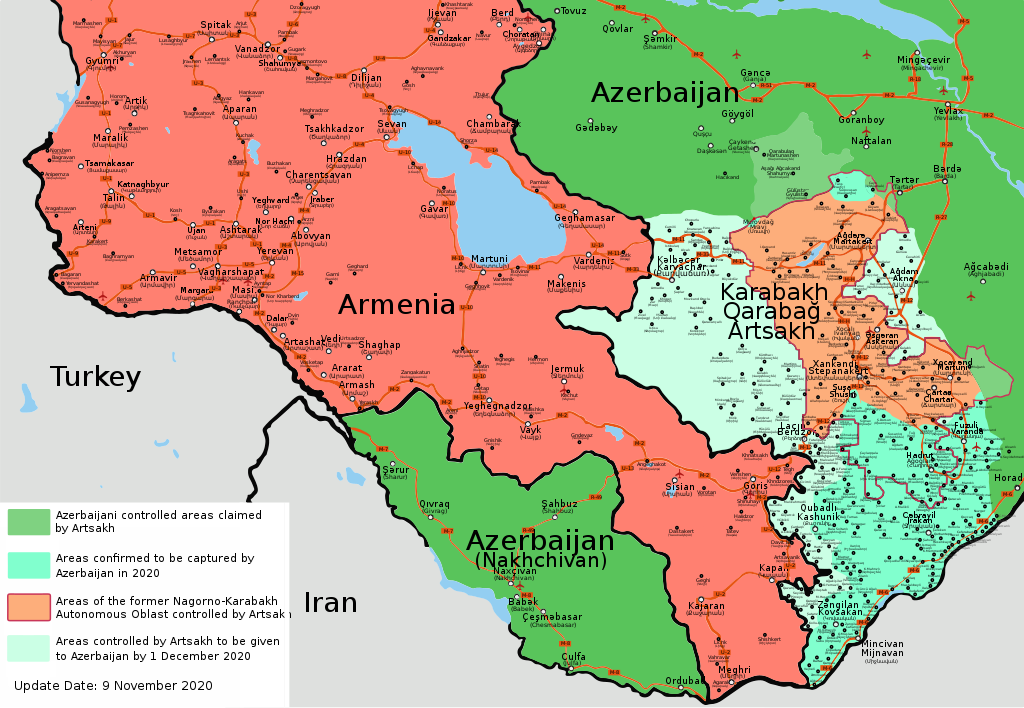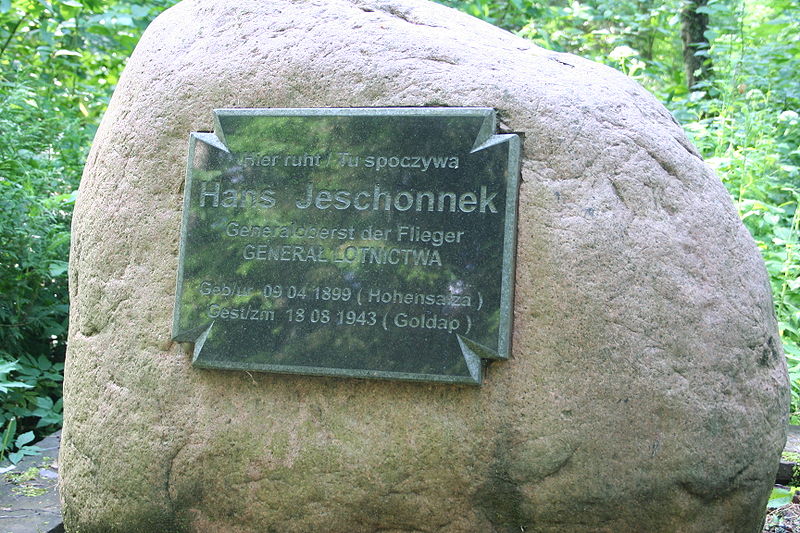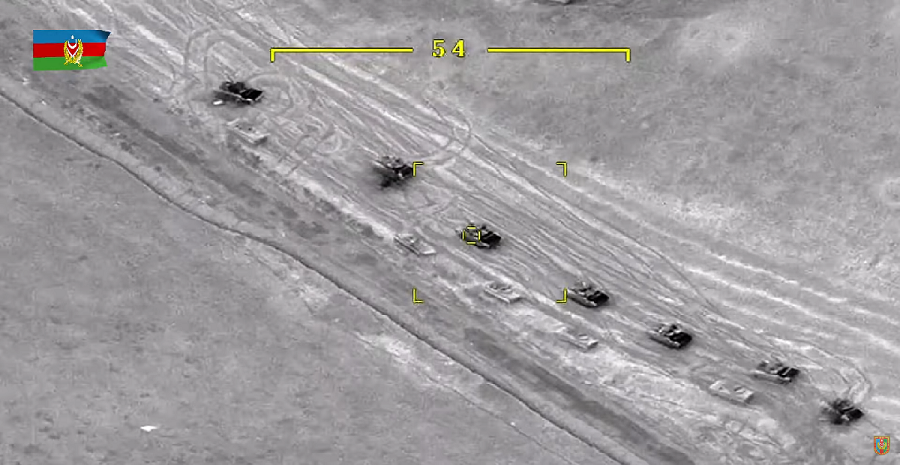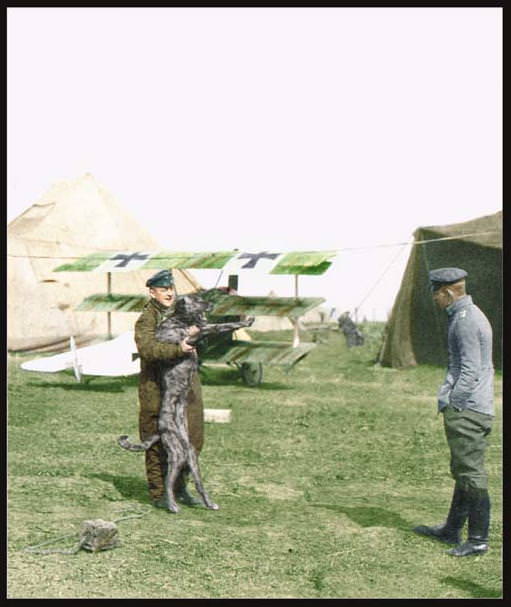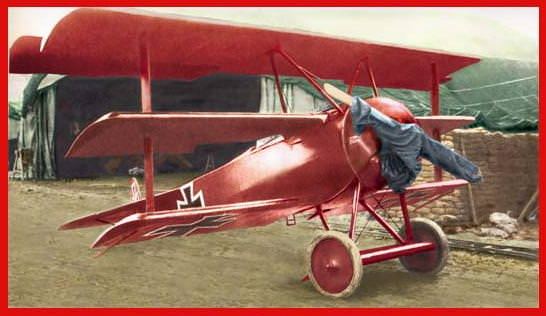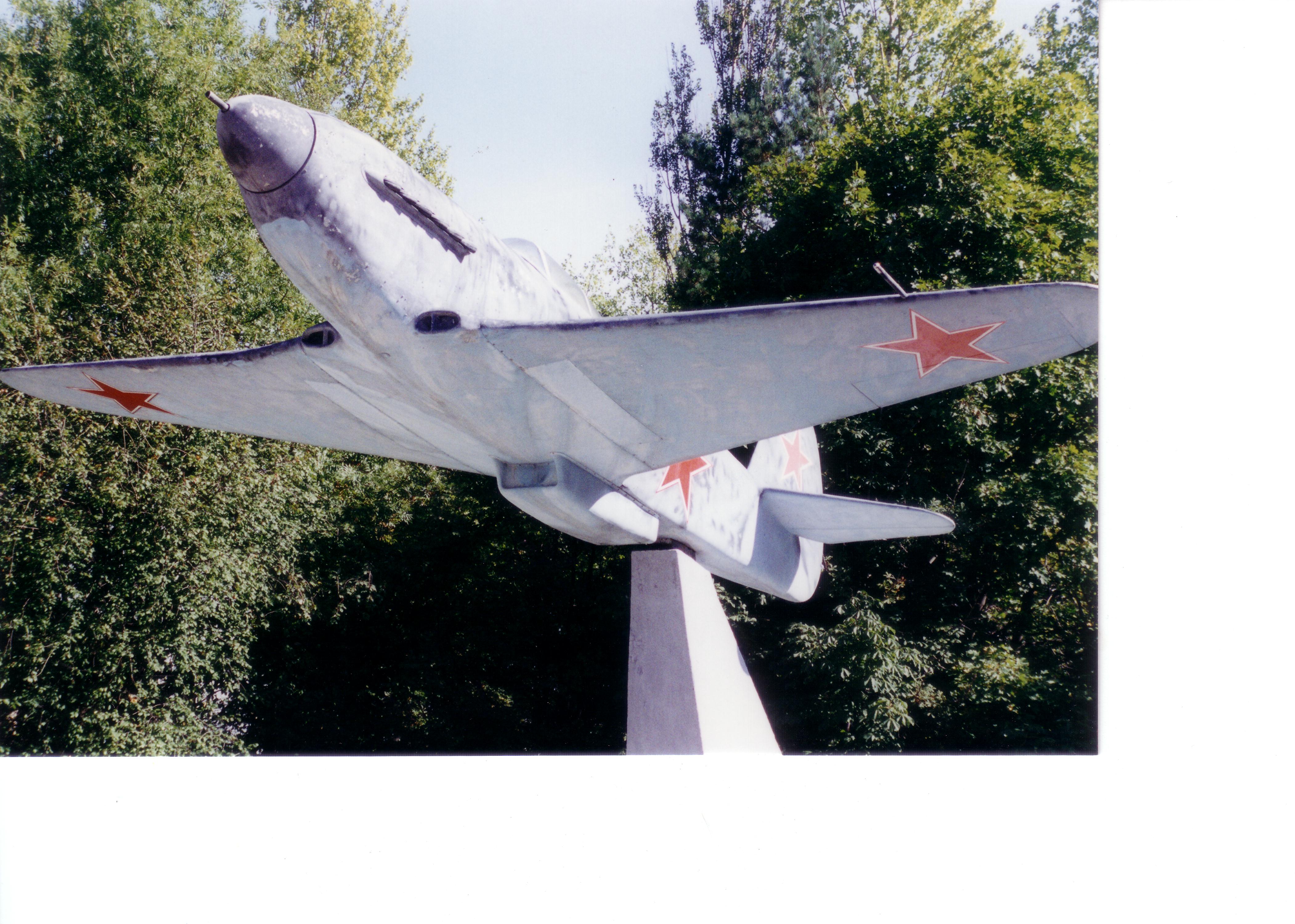
For my on-going Aces at Kursk book I was asked by the publishers to include a Chapter on the air war in the north from 5-11 July 1943. For the original Kursk project we were able to access the Second and Seventeenth Air Army records in the south. We did not attempt to obtain the Sixteenth Air Army records at that time (1993-1995). Therefore I was forced to rely on the Soviet General Staff study on Kursk that was prepared in March-April 1944 for the count of sorties and losses. As the staff study also reported the sorties and losses from the south, and I had the records for the air armies involved in that, I decided to do a little comparison and added a write-up of this to an appendix of the book.
Sortie Counts (I left out the table of the sortie count from Soviet General Staff study) :
The Soviet General Staff study data on sortie counts is similar to the data we have assembled. The data we have for the Second and Seventeenth Air Armies operations are taken directly from the daily air army reports as drawn from the archives. The Soviet General Staff study may used these same reports, or used higher level reports or other assembled reports for their study. But there are minor differences between ours and their reports, so most likely they used other higher level or assembled reports for their study. For example, we have the Second Air Army flying 1,296 daytime sorties on 5 July. The Soviet General Staff study has them flying 1,274. There are also minor differences the next two days, but the two sets of counts are the same for 8 and 9 July and then vary slightly for most of the subsequent days (except for the 15th and 16th, where they again match). After the 5th, the largest difference is on the 12th, where our reports record 10 more daytime sorties. These are very minor differences. The Second Air Army nighttime sorties match in all cases between the counts we assembled from the air army daily reports and what the Soviet General Staff study reports.
The Seventeenth Air Army is a little more complex as some of their missions were flown into the battle area while other of their missions were flown completely out of the battle area defended by the Voronezh Front. For the Kursk database project, I ended up reviewing each reported mission as to where it operated and made a judgment as to whether this mission was in the area of the Belgorod offensive or not. It does not appear that the Soviet General Staff study did that. For the 5th through the 16th, their estimate more closely matches with the total number of sorties flown by the Seventeenth Air Army than it does with my lower count of the number of sorties flown in the battle area. On eight of those 12 days in question, their totals matches the total we drew from the Seventeenth Air Army daily reports. The day they most differ was on 7 July when they reported 50 more sorties than we counted. We did re-check the original report and our total is 639. Suspect their number of 689 is a typo. As the Soviet General Staff study may have been drawn from a later aggregate report, there are multiple opportunities for typos.
On the other hand, in the table we assembled of Seventeenth Air Army daytime sorties we had a lower count for “only those that were in the Belgorod Area or attacked the VIII Air Corps” (see table in Chapter Four). It is consistently lower from the 5th through the 16th, which the worse variance being on the 7th, where we count 588 as valid sorties in the battle area, whereas the Soviet General Staff study reports 689. On the 17th we count none in the area and on the 18th we count 12 sorties.
Still there are a couple of observations we can make from this comparison. First, is that the Soviet General Staff study reports of Soviet sorties flown is fairly accurate in that it matches with records we have from the Second and Seventeenth Air Armies. This is important to note as we rely on the Soviet General Staff study for the count of sorties for the Sixteenth Air Army.

